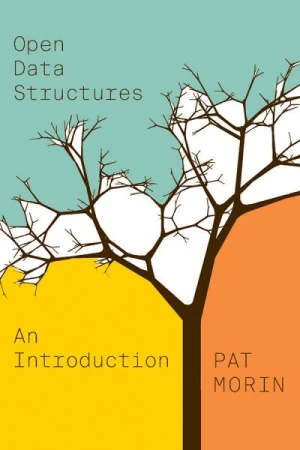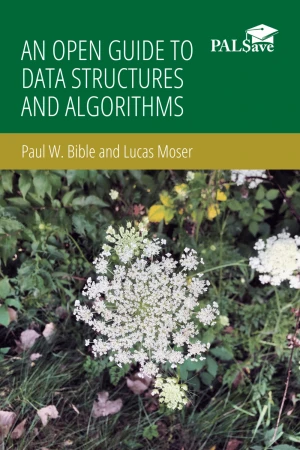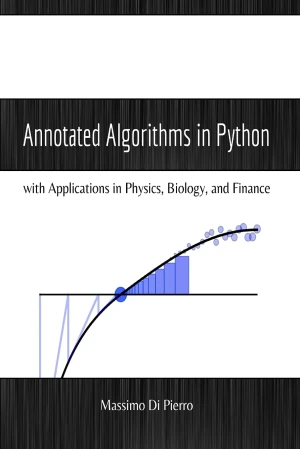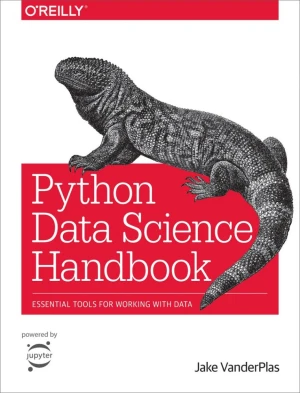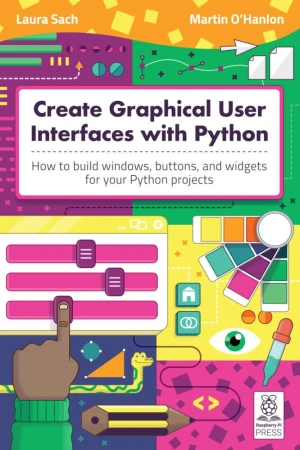Problem Solving with Algorithms and Data Structures, 3rd Edition
Using Python
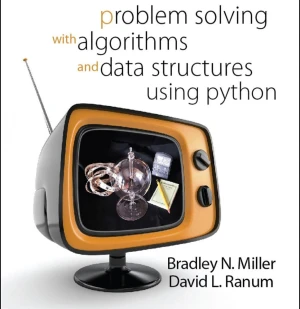
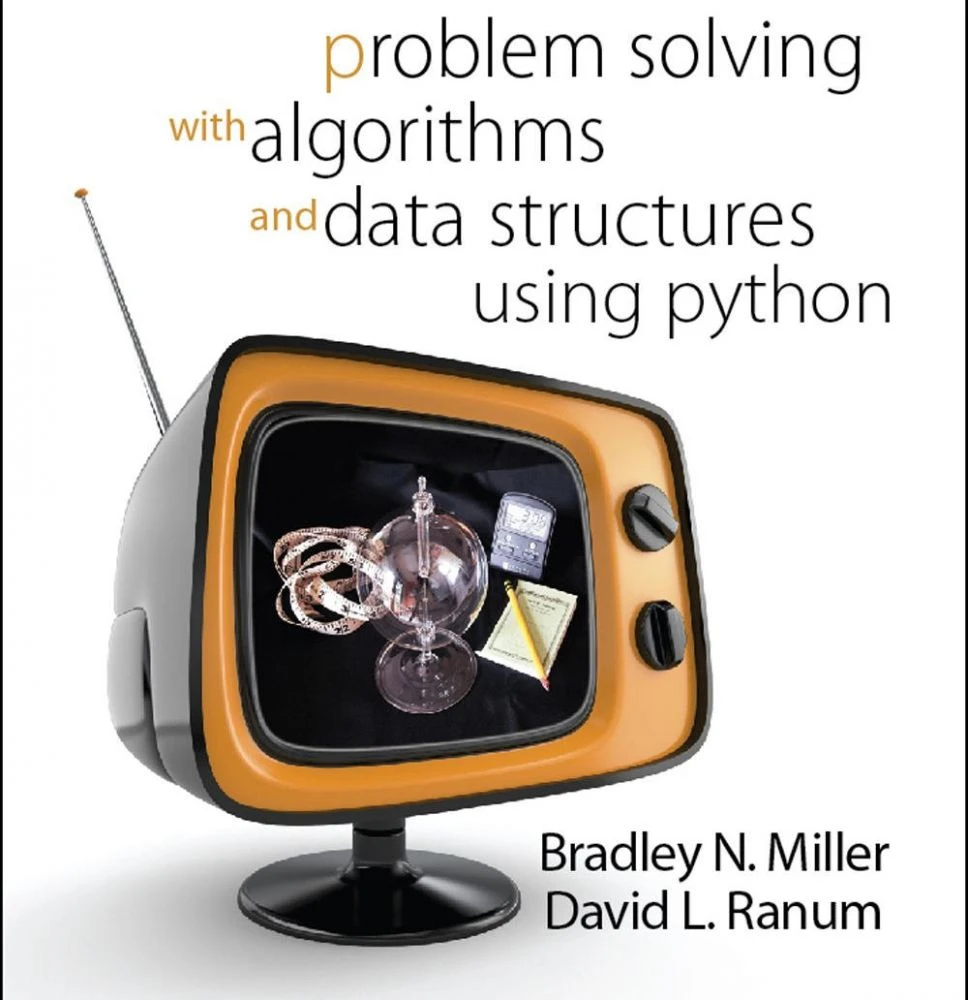
Book Details
| Authors | Brad Miller, David Ranum |
| Published | 2014 |
| Edition | 3rd |
| Paperback | 240 pages |
| Language | English |
| License | Open Access |
Book Description
The study of algorithms and data structures is central to understanding what computer science is all about. Learning computer science is not unlike learning any other type of difficult subject matter. The only way to be successful is through deliberate and incremental exposure to the fundamental ideas. A beginning computer scientist needs practice so that there is a thorough understanding before continuing on to the more complex parts of the curriculum. In addition, a beginner needs to be given the opportunity to be successful and gain confidence. This open book is designed to serve as a text for a first course on data structures and algorithms, typically taught as the second course in the computer science curriculum. Even though the second course is considered more advanced than the first course, this book assumes you are beginners at this level. You may still be struggling with some of the basic ideas and skills from a first computer science course and yet be ready to further explore the discipline and continue to practice problem solving. We cover abstract data types and data structures, writing algorithms, and solving problems. We look at a number of data structures and solve classic problems that arise. The tools and techniques that you learn here will be applied over and over as you continue your study of computer science.
This book is published as open-access, which means it is freely available to read, download, and share without restrictions.
If you enjoyed the book and would like to support the author, you can purchase a printed copy (hardcover or paperback) from official retailers.
Download and Read Links
Share this Book
[localhost]# find . -name "*Similar_Books*"
Open Data Structures
Offered as an introduction to the field of data structures and algorithms, Open Data Structures covers the implementation and analysis of data structures for sequences (lists), queues, priority queues, unordered dictionaries, ordered dictionaries, and graphs. Focusing on a mathematically rigorous approach that is fast, practical, and efficient, Mor
An Open Guide to Data Structures and Algorithms
Data encountered in a computer program is classified by type. Common types include integers, floating point numbers, Boolean values, and characters. Data structures are a means of aggregating many of these scalar values into a larger collection of values. An algorithm is an explicit sequence of instructions, performed on data, to accomplish a desir
Annotated Algorithms in Python, 2nd Edition
This open book is assembled from lectures given by the author over a period of 10 years at the School of Computing of DePaul University. The lectures cover multiple classes, including Analysis and Design of Algorithms, Scientific Computing, Monte Carlo Simulations, and Parallel Algorithms. These lectures teach the core knowledge required by any sci
Think Data Structures
If you're a student studying computer science or a software developer preparing for technical interviews, this practical book will help you learn and review some of the most important ideas in software engineering - data structures and algorithms - in a way that's clearer, more concise, and more engaging than other materials. By emphasizing practic
Python Data Science Handbook
For many researchers, Python is a first-class tool mainly because of its libraries for storing, manipulating, and gaining insight from data. Several resources exist for individual pieces of this data science stack, but only with the Python Data Science Handbook do you get them all - IPython, NumPy, Pandas, Matplotlib, Scikit-Learn, and other relate
Create Graphical User Interfaces with Python
Add buttons, boxes, pictures and colours and more to your Python programs using the guizero library, which is quick, accessible, and understandable for all. This 156-page book is suitable for everyone, from beginners to experienced Python programmers who want to explore graphical user interfaces (GUIs). There are ten fun projects for you to create,

